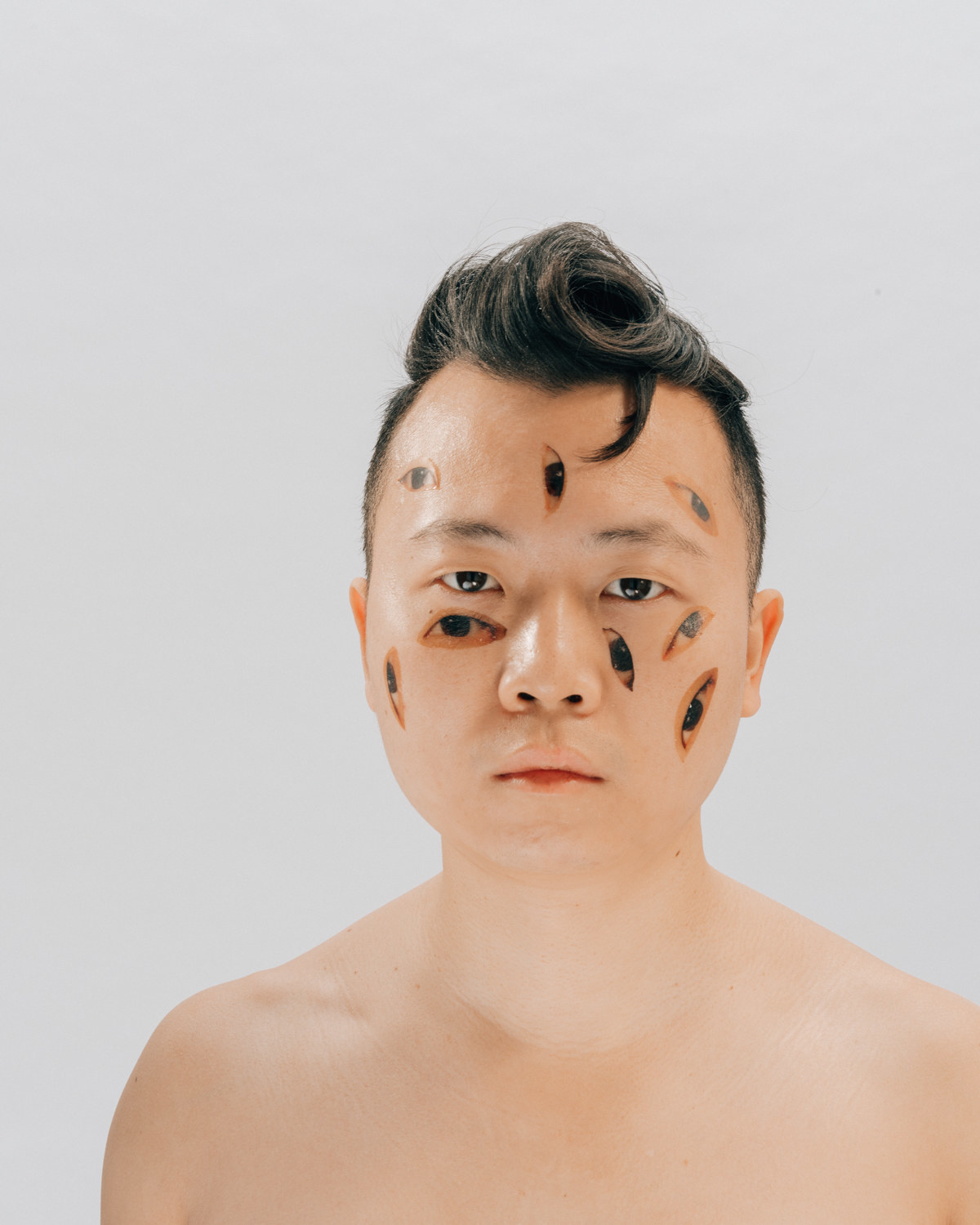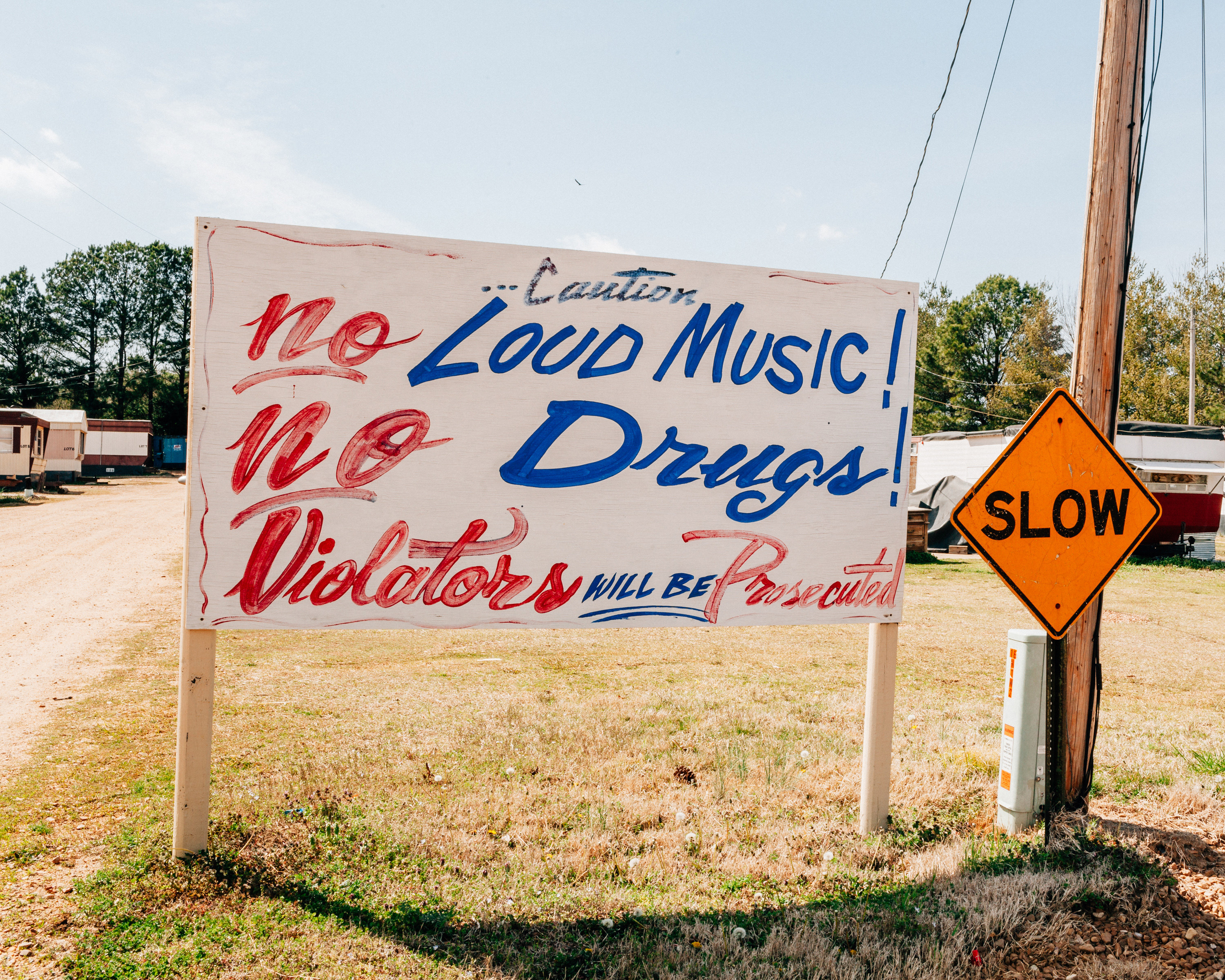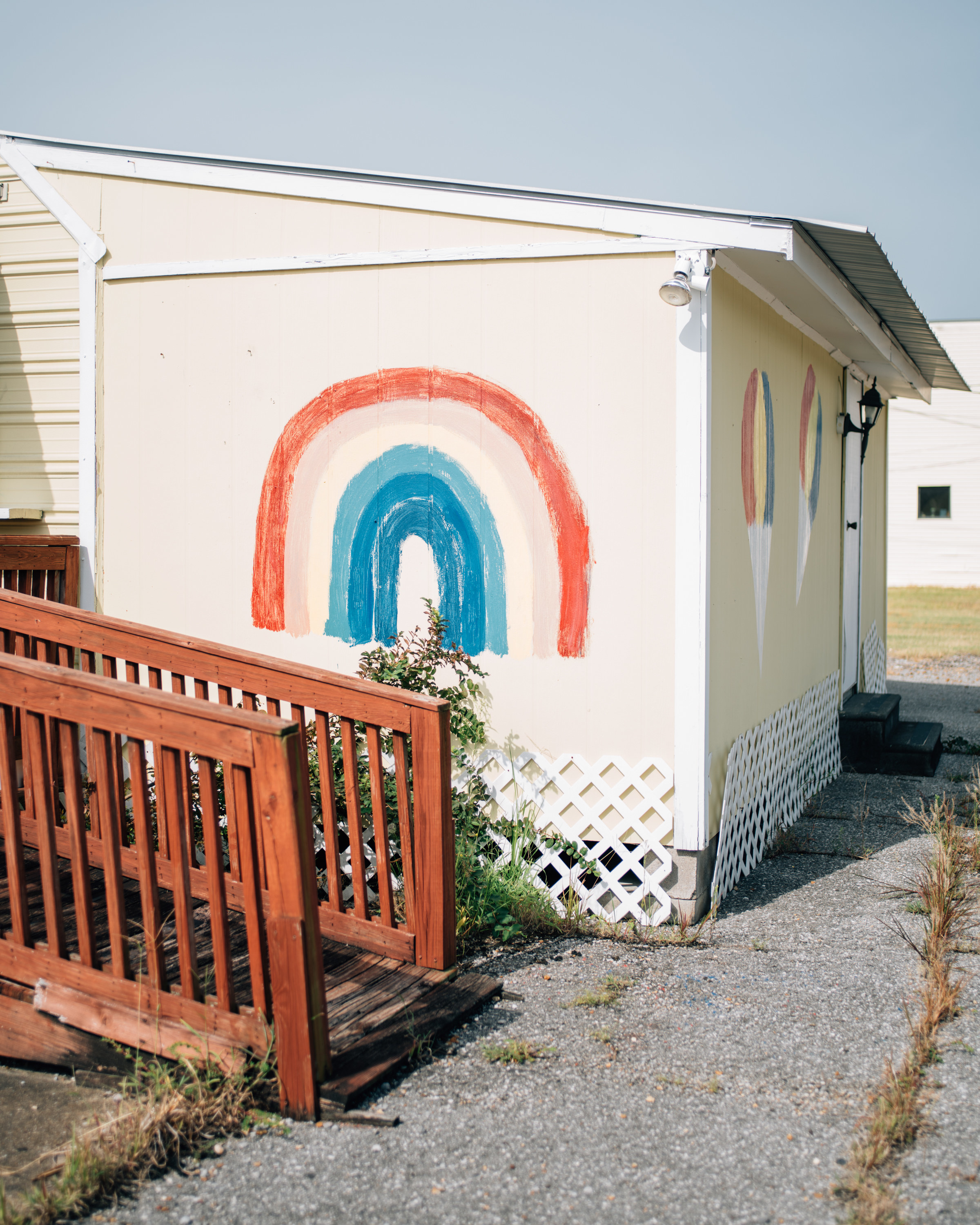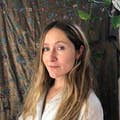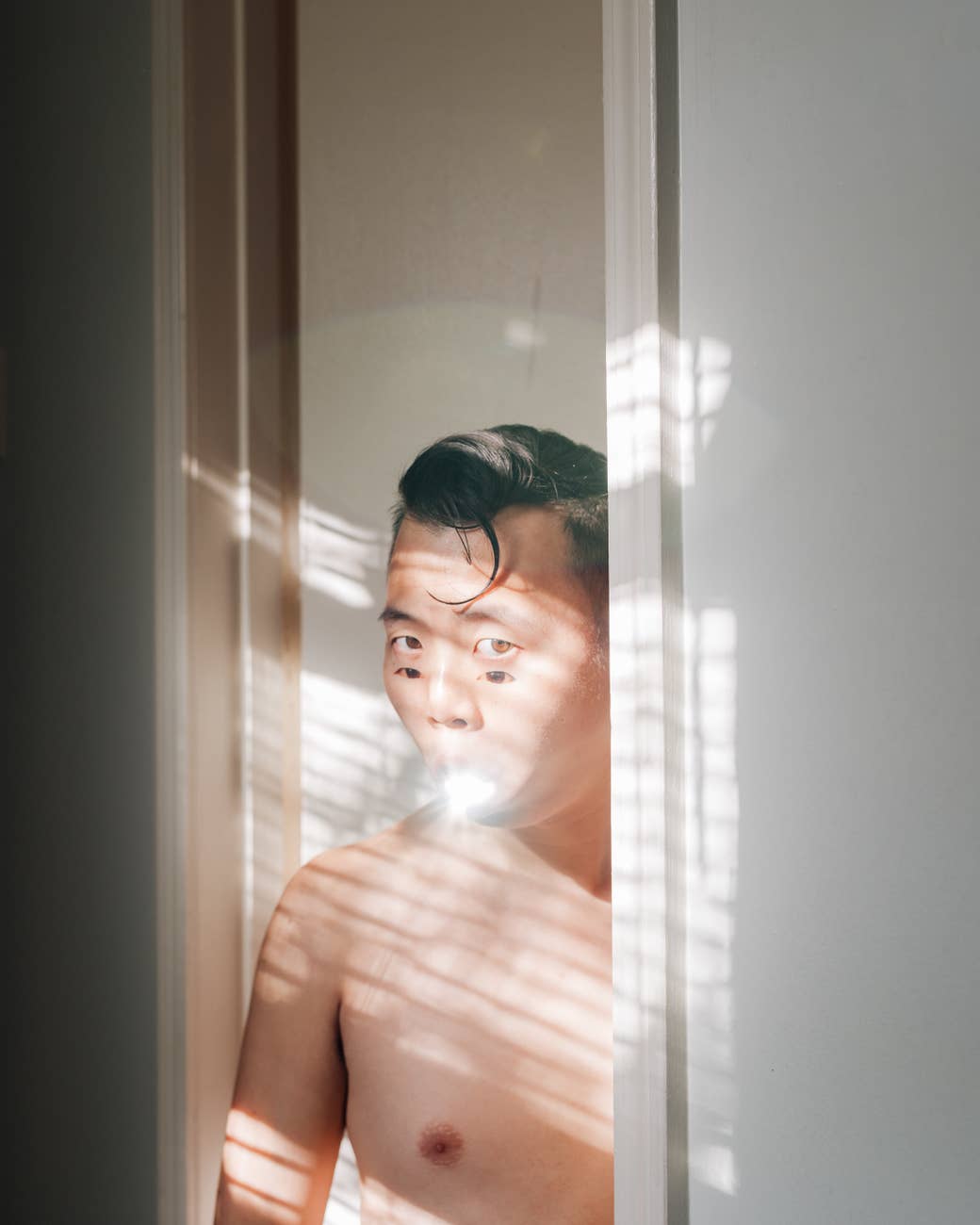
Tommy Kha is still getting used to the sound of his own voice. He’s been inside a lot during the pandemic. But his work speaks volumes, and he’s created a staggering amount in the last decade.
Originally from Memphis, he creates photos that reflect his relationship with the South and Southern culture, as well as his own Chinese heritage. Kha was raised by a single mom who arrived in the US as a refugee. He presents a uniquely American complexity in his work, which touches on identity, connection, and belonging.
One of his early projects, Return to Sender, is a longform photographic series going on 10 years. It shows him being kissed by friends, lovers, and strangers. It won him mainstream recognition but not overall success in the art world, which can be notoriously fickle with people who don't fit in neat boxes.
Recently, he’s been thinking about how much of his artistry and photography career has been affected by the larger systems in place in the US. His work sets him apart because he’s not just photographing the mood and people of the South; he’s expanding upon that sense of self to create an entirely new kind of self-portraiture, with temporary tattoos, cutouts, and masks, that transcends “traditional” Southern photography. During a year when Asian Americans have been targeted in violent hate crimes, this blending of styles could not be more relevant. Kha spoke with BuzzFeed News about how he sees himself and his place in the US.
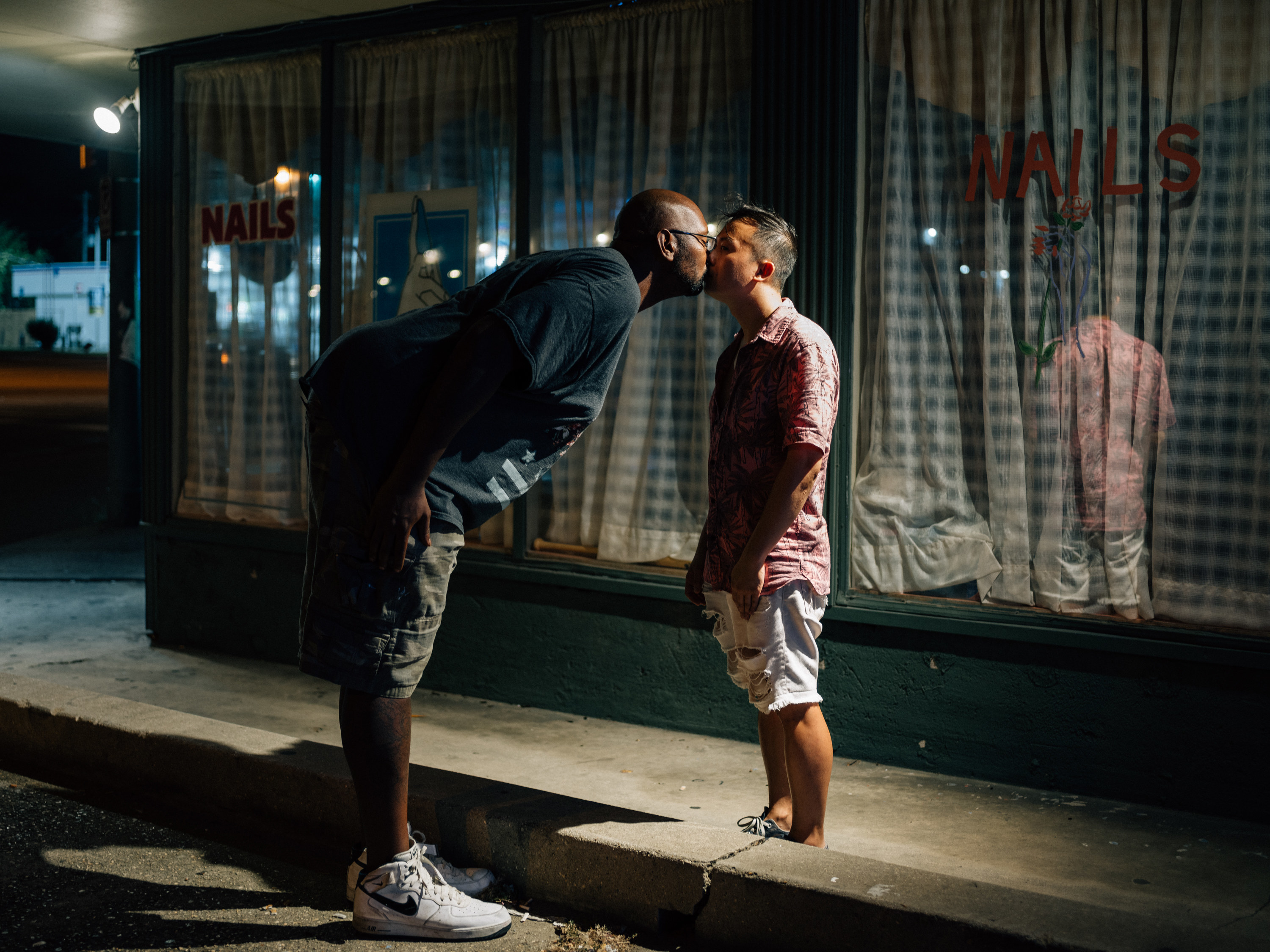
If no one in your family was a documentarian, how did the camera come into your life?
That generation before me was fleeing, so there wasn’t a big priority on having a relationship to art. I grew up not really understanding what that would be like. I picked up the camera around the same time I realized I was queer. A lot of puberty and transitional phases. I already knew I was different because I didn't look like my classmates. I went to Graceland Elementary, an all-Black school. There were visible differences, but as kids we didn’t care.
When I decided to enter a middle school that had art classes, it was because I wanted to do something outside of myself. The art teacher was unwilling to teach me. It was expected of me to have some kind of talent. It was difficult to learn when I had no experience. No one was really telling me what I could do. It was the first time I realized that no matter what I want to do, I always have to justify it because anything I do is always questioned. It’s not a specific experience to me; I think women, transgender people, and all BIPOC and AAPI would understand this. About five years ago — who knows, time has collapsed around me — I was introduced to a Magnum photographer I really admired who told me that I couldn't make work in the South because Eggleston had done it all and my work wouldn’t matter.
That’s really frustrating. It seems so rude, but those people are always there. How have you handled that?
It's because they're benefiting from the system that has overlooked me. Lately, I'm not sure if I want to be part of that. I'm content making work. I'm more invested in maintaining that space to make pictures. I’m making work for people who look like me and people who are so tired of these antiquated systems that have never valued us at all. We’re the next generation.
There was a publication that put together an issue of photography in the American South, but they didn’t include any Black photographers in the issue. I was the only person of color represented in the issue. Then the publication was #MeToo’d. At first, I was trying to be on everyone’s side. I still supported the magazine, which was my mistake. They tried to do another American South issue, this time with absolutely no people of color. What I did didn’t help, because that magazine didn’t change its behavior. Honestly, my complicity in that situation did not help anyone. I take that back, and I apologize. I took any mention of them off my CV.
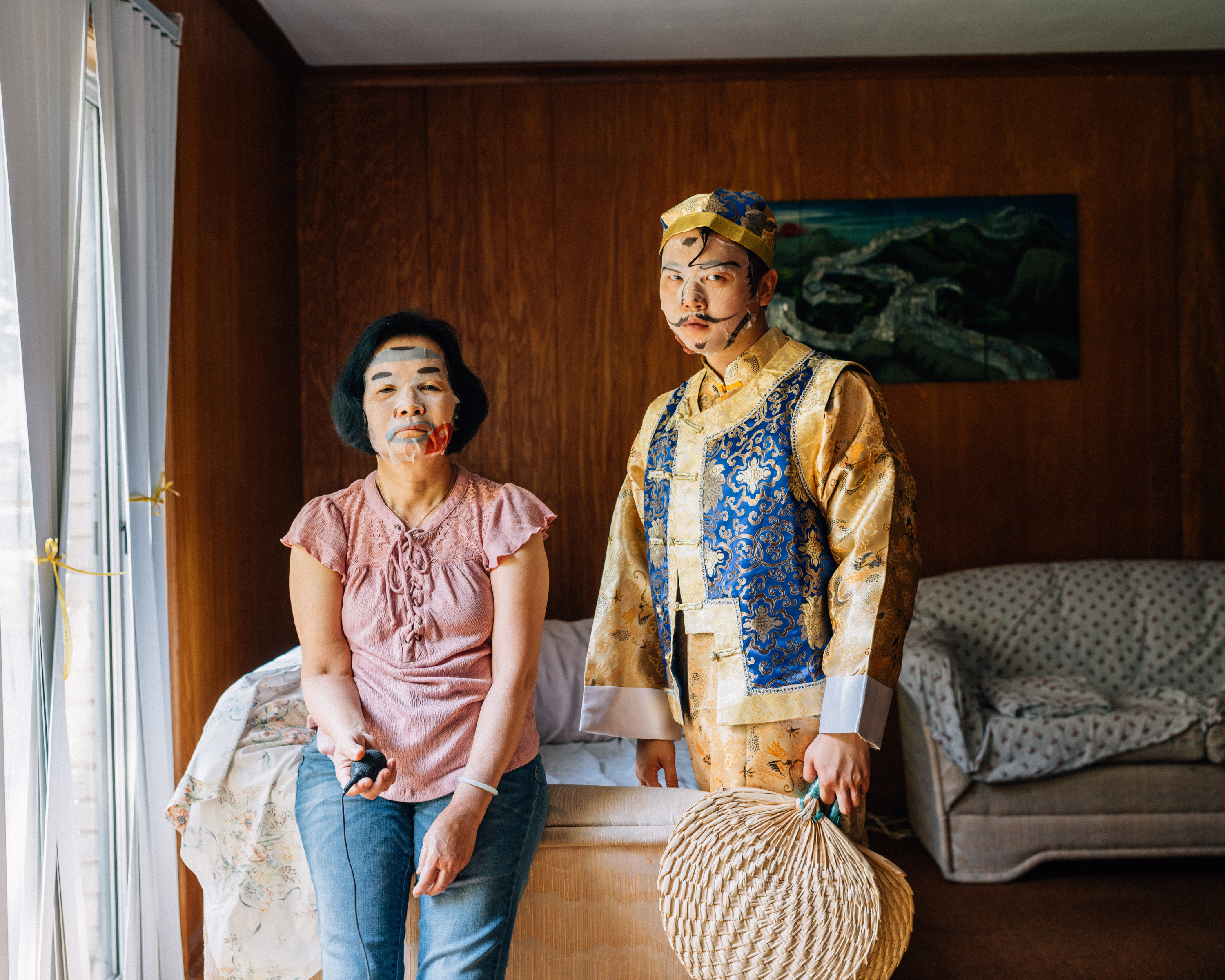
How has the last year changed your relationship with your work?
If institutions are asking me what they can do for us [as a community], then that’s not enough. And we’re still being asked that. With what happened after the murder of George Floyd last year, putting ourselves up and seeing people exhausting our Black friends and family. After Jan. 6 and after Atlanta, I’m exhausted. Who’s looking out for me? These allies are coming back to us now, asking what they can do, and I’m like, do your own damn homework. That’s a space where I’m trying to transition out of. I’m trying to find the humor and making space and conversations. It’s a weird marker of my current sense of it. There is progress, but it ain’t enough for people I know and care about.
I’m coming from the perspective of Eastern culture, which is more about collectivism and the whole family unit. The West is more individualized. I understand so much of those differences now, but not being able to voice those things I had experienced after the Atlanta shooting, that feeling of not being able to voice my own experience, stems from being seen as submissive, passive.
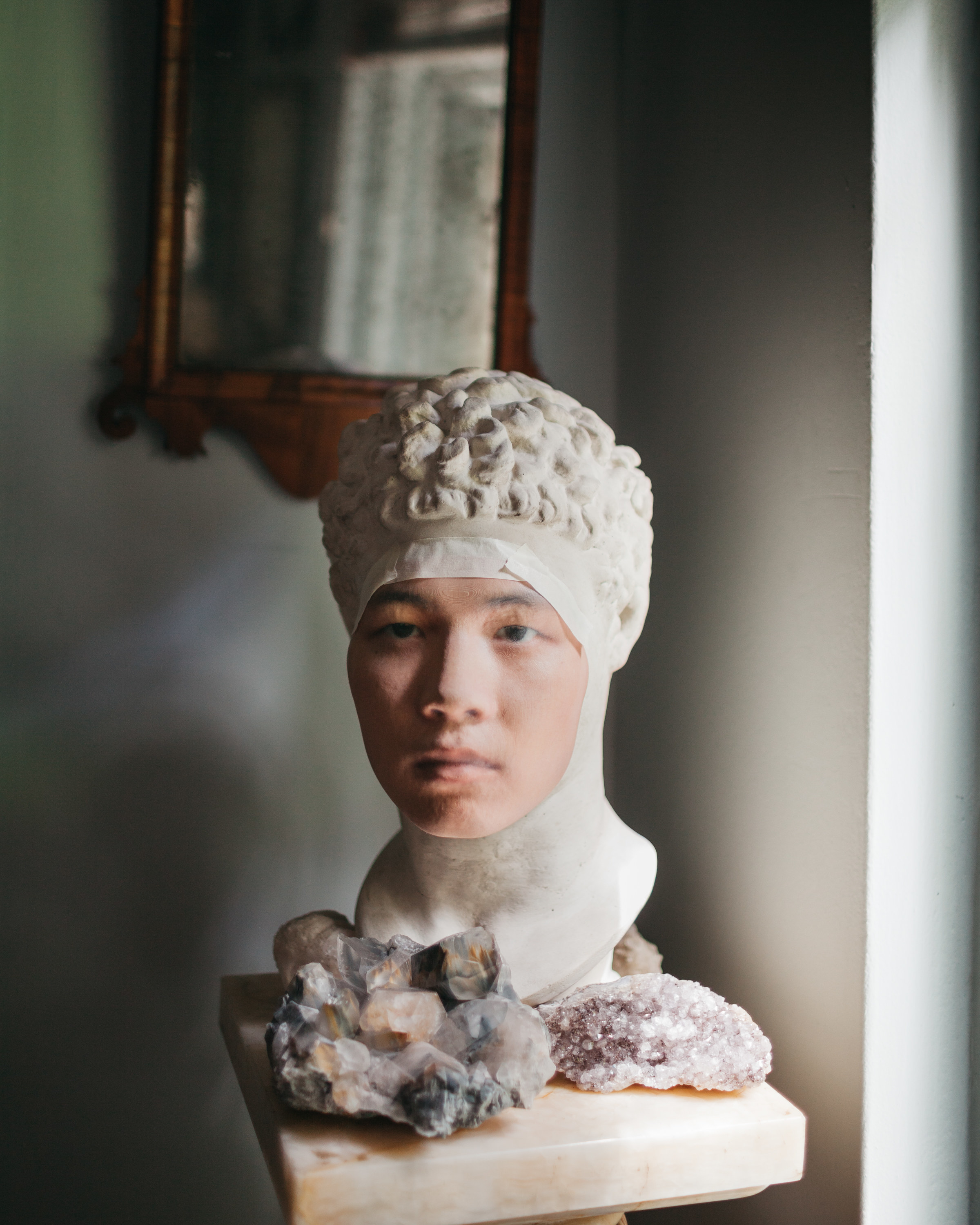
Has that experience manifested itself in your work?
When I went to grad school at Yale, I wanted to make every kind of picture. I was looking at self-portraiture in every form, from cave paintings and the Renaissance up to Google Earth. It didn’t seem like a huge deal at the time. Intersectionality still felt like a framework, a thesis, rather than something people were ready to engage with, even though we were living it. What I was thinking about representation was already going on. At the time, Steven Yeun was starring as Glenn on The Walking Dead. It was the most radical thing that was happening in Asian American representation because he got to kill zombies and was one of the lead characters. He didn’t feel like a sidekick.
With my earlier project, Return to Sender, the kissing pictures, I didn’t kiss anyone back. Even when I had success with that, I was frustrated because I had just spent years at Yale making new work, and that work was “old” to me. I wanted to make sure that I’m not a one-hit wonder. That was always a fear. So I made another body of work, and another. My photographs are not my main source of income. I freelance. I teach on the side. I’m grateful for supportive friends and editors who allow me to go out there and make the work I want to be making. I love taking the long way. I’m a photographer. I want to make pictures.

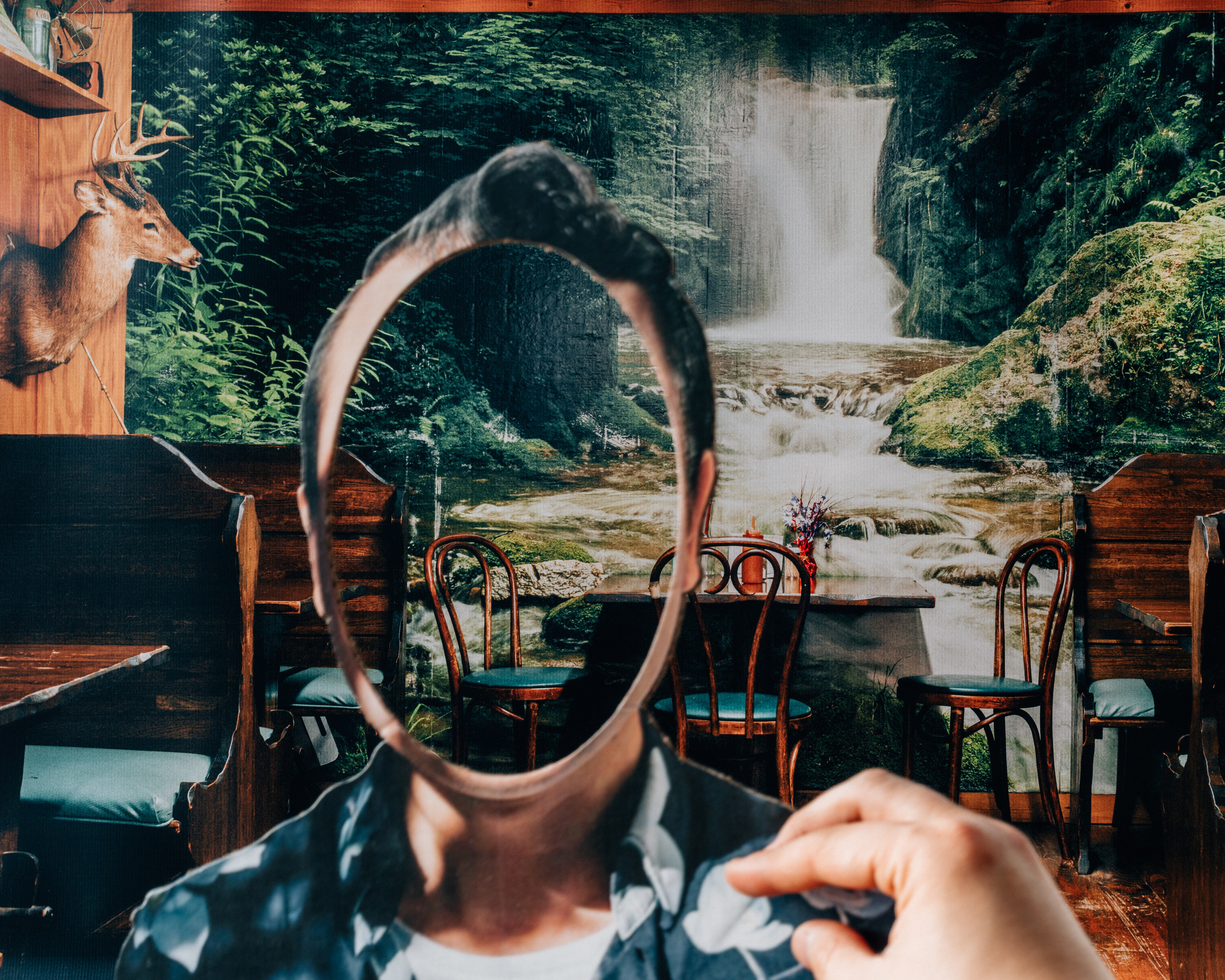
After Return to Sender was shared so widely, did it change how you made work?
Even though I had success with that body of work, I was frustrated because I had just graduated from Yale. I felt that I had moved on. I thought it said what it needed to say, I didn’t want to be a one-hit wonder. So I made another body of work, and another. But I always return to the kissing pictures. It’s an easy project to fall back into. It’s a lifelong project. In my own context, it’s about being othered. These pictures have changed over time. At first, it was about how differently people kiss me; people kiss me, and I don’t kiss anyone back. And it’s also about seeing myself age, how the picture-making changes over time, how reflective it can be. I had a friend who was down to make a kissing picture during the pandemic. I got tested, we wore masks, I got tested again. I wanted to mark this time. During lockdown, the kissing pictures helped me expand my ideas of what is possible through collaboration. I’ve been experimenting with outsourcing or having my friends make pictures themselves based on my directions as I couldn’t physically leave my apartment.
During school, I wanted to make work in Memphis, and my white classmates were telling me I couldn't do that because I wasn’t Black. I was not saying that I was an authority on Black voices, but I am from Memphis. If I were making work in the South, I could at least acknowledge Black history, and I wasn’t going to omit them over my own experiences. I didn’t show those pictures for years because of that unnecessary comment.
How are you feeling about the work you’ve made in the last few years?
I’ve spent time rethinking about what has been more important to me now that I’m not in the same place as I was before the pandemic. It’s hard to build back confidence in myself. I remember quitting my first teaching gig because I wanted to pursue being an artist full time. Because it felt like no one was paying attention to me, I had the space to bounce back from and go about what I have been doing. I love to take my cues from Lorraine O’Grady; she says she only has time for masterpieces.
